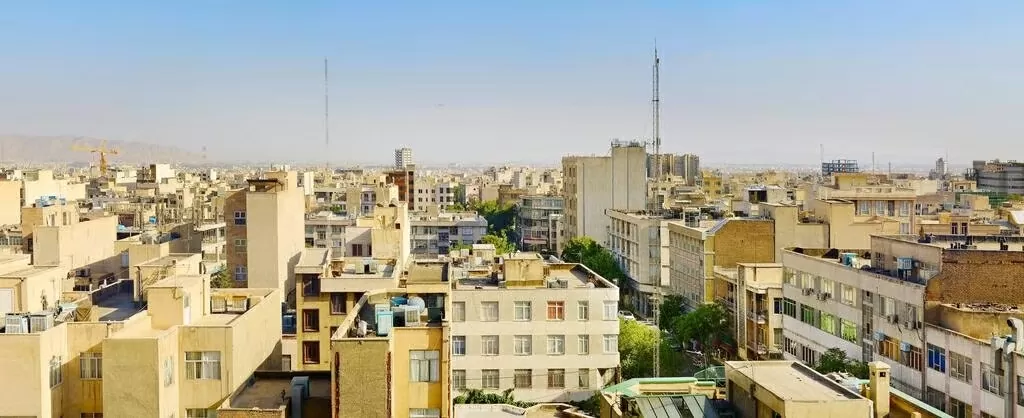 |
| Israeli architects participated in the construction of important infrastructure projects in Tehran, Iran in the 1960s. (Source: Getty) |
As tensions between Israel and Iran show no signs of abating after a 12-day conflict, few could have imagined that in the 1960s and 1970s, Israeli architects and businesses were the first to help Tehran plan its infrastructure.
Golden Age
In the 1950s, Iran officially recognized the Jewish state, and in return, Israel supported Tehran in security and technology projects. Dr. Neta Feniger, Israel Institute of Technology, commented that this was an opportunity for Tel Aviv to cultivate trust between the two countries, through the development of Iran's infrastructure based on the experience of building settlements after the establishment of the state in 1948.
Israeli companies such as Solel Boneh undertook major infrastructure projects in Iran, including sewer systems, water supply networks, and road and bridge construction, during the 1960s. In 1972, the Iranian government launched a major project to turn two strategic port towns on the Persian Gulf, Bushehr and Bandar Abbas, into military bases. Residential areas for soldiers and their families were designed by then-Israeli architect Dan Eytan.
The project consists of two large residential areas with an initial size of about 1,200 apartments, then expanded 10 times, with a total budget of 1.25 billion USD. With the ability to adapt to climate and earthquakes, the residential areas are designed in a modern style, with insulated walls, sun-reducing recessed windows and covered corridors connecting the residential areas with the commercial area.
According to Dr. Feniger, Israeli architect Dan Eytan has carefully studied Iranian culture to outline a suitable design model, not focusing on decorative motifs but prioritizing utilities to meet local lifestyle needs.
While the oil embargo of the 1970s caused economic recession in many countries, Iran experienced rapid growth and strong urbanization, especially when Tehran opened up, allowing foreign architects to participate in the planning and expansion of cities. Israeli architects and contractors found a "unique" opportunity to join the thriving construction industry with abundant resources in the Islamic Republic.
One of the most notable projects is a 30-story high-rise building in central Tehran, designed by two architects from the Israeli firm Solel Boneh. Unlike Israel’s cost-saving trend, projects in Iran use solid reinforced concrete, Tadiran air conditioners, Regba stoves, and Netafim drip irrigation systems, showing that Tehran is willing to spend a lot of money to modernize the country.
 |
| Israeli architects introduce the project in Bandar Abbas city to Iranian officials in 1972. (Source: Ynetnews) |
The "silent witnesses"
After the 1979 Islamic Revolution, things changed dramatically. Israelis were forced to leave Iran, many projects were left unfinished or canceled, and relations between the two countries fell to hostility.
However, many buildings, residential areas, and infrastructure systems designed and built by Israeli architects and engineers still exist today as "silent witnesses" to a period of once prosperous cooperation between the two Middle Eastern countries.
Many housing projects, commercial complexes, hotels and infrastructure systems implemented by the Israelis introduced advanced technical solutions to Iran such as earthquake resistance, air conditioning, drip irrigation – new standards for urban construction at that time. Although many of the projects were later renamed or changed in function, most of them still retain their architectural value and continue to serve the local community.
When they returned to Israel, architects who had worked in Iran brought with them a wealth of practical experience and modern development thinking. They played an important role in promoting the transition of the Israeli real estate market to the “neoliberal” stage.
This is a period when the urban development model shifted from strict state control to an open market mechanism, encouraging competition, product diversification and attracting private investment.
Drawing on lessons from the international environment, Israeli architects have boldly applied advanced technical solutions, developing multifunctional complexes integrating housing, commerce, offices and public spaces. They also focus on master planning, community facilities and optimizing modern living spaces.
This innovation contributed to creating a new urban appearance for Tel Aviv, Haifa, and Jerusalem in the 1980s and 1990s, making Israel one of the countries with the fastest urbanization and dynamic real estate development in the region.
It can be seen that, at a time when bilateral relations are "tense as a bowstring", the story of Israeli architects in Iran in the last century has suggested a past of good cooperation that needs to be preserved by the two countries' generations.
The structures that survive to this day stand as living testaments to the shared heritage of deep friendship between Israel and Iran, conveying faith and hope for a future without conflict and a peace that stands the test of time.
Source: https://baoquocte.vn/ngoai-giao-kien-truc-israel-iran-not-thang-trong-ba-n-nhac-tra-m-320238.html



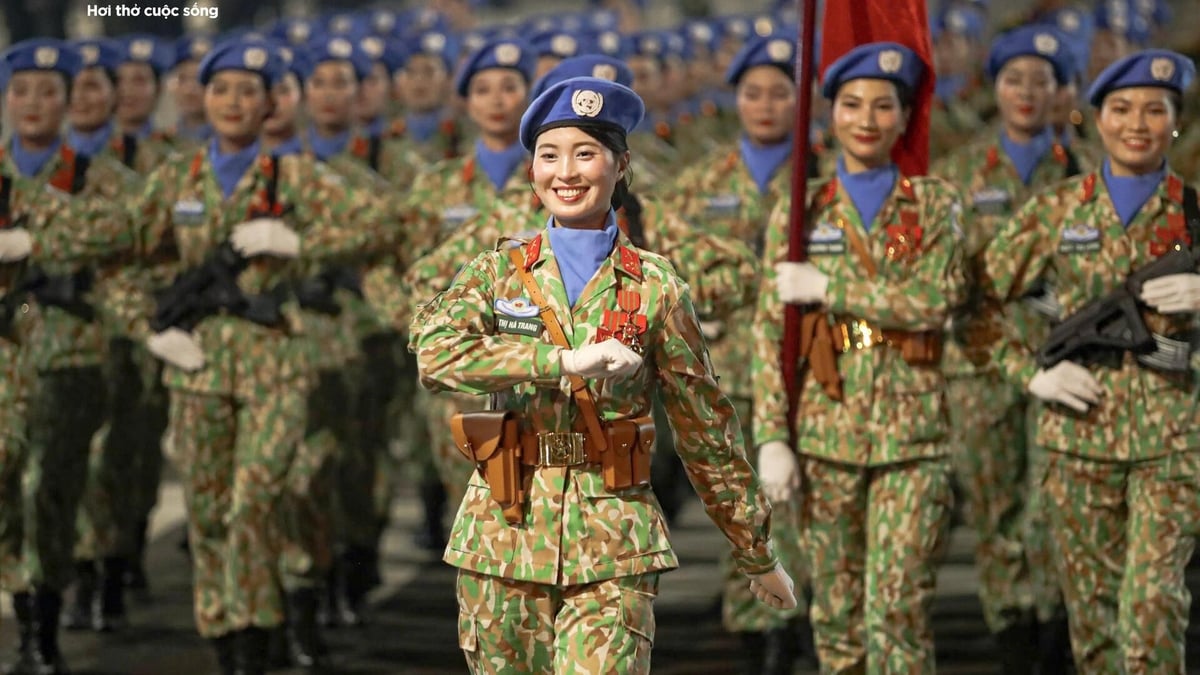
![[Photo] Images of the State-level preliminary rehearsal of the military parade at Ba Dinh Square](https://vphoto.vietnam.vn/thumb/1200x675/vietnam/resource/IMAGE/2025/8/27/807e4479c81f408ca16b916ba381b667)
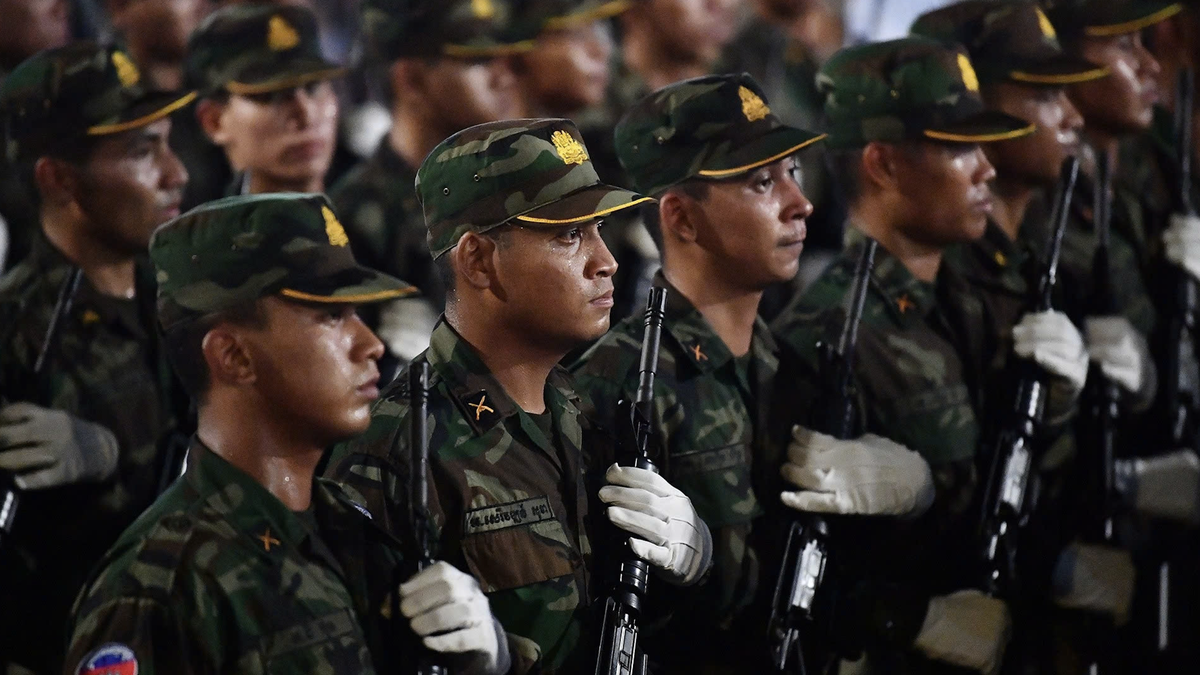
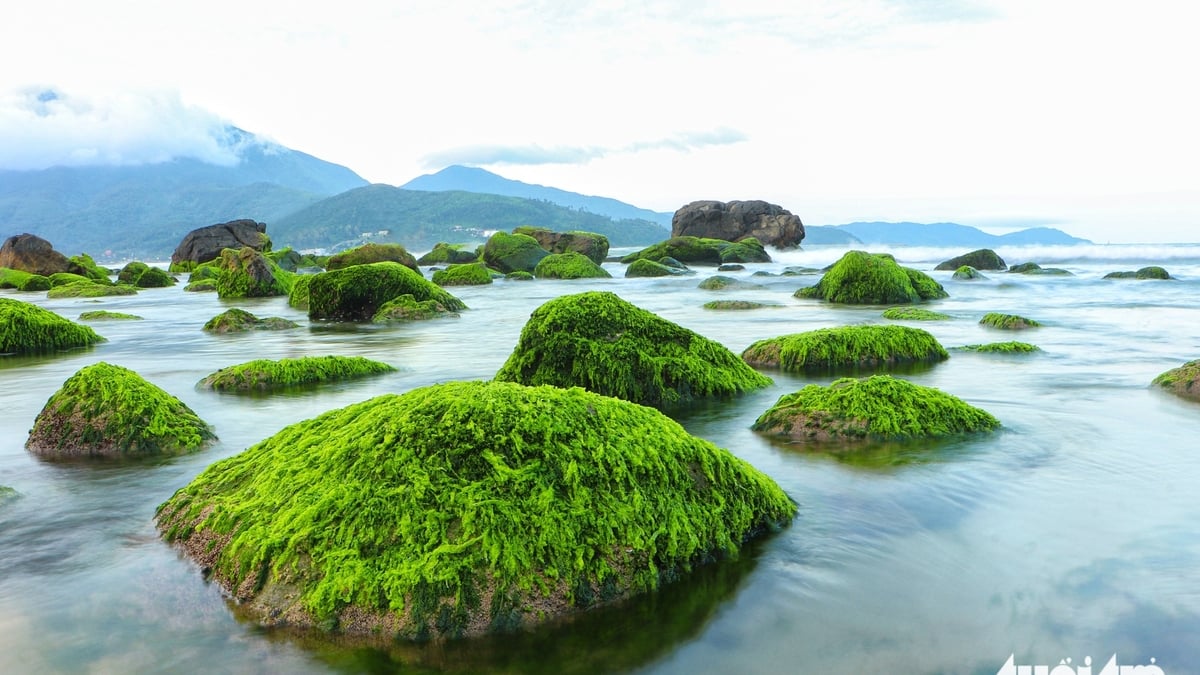
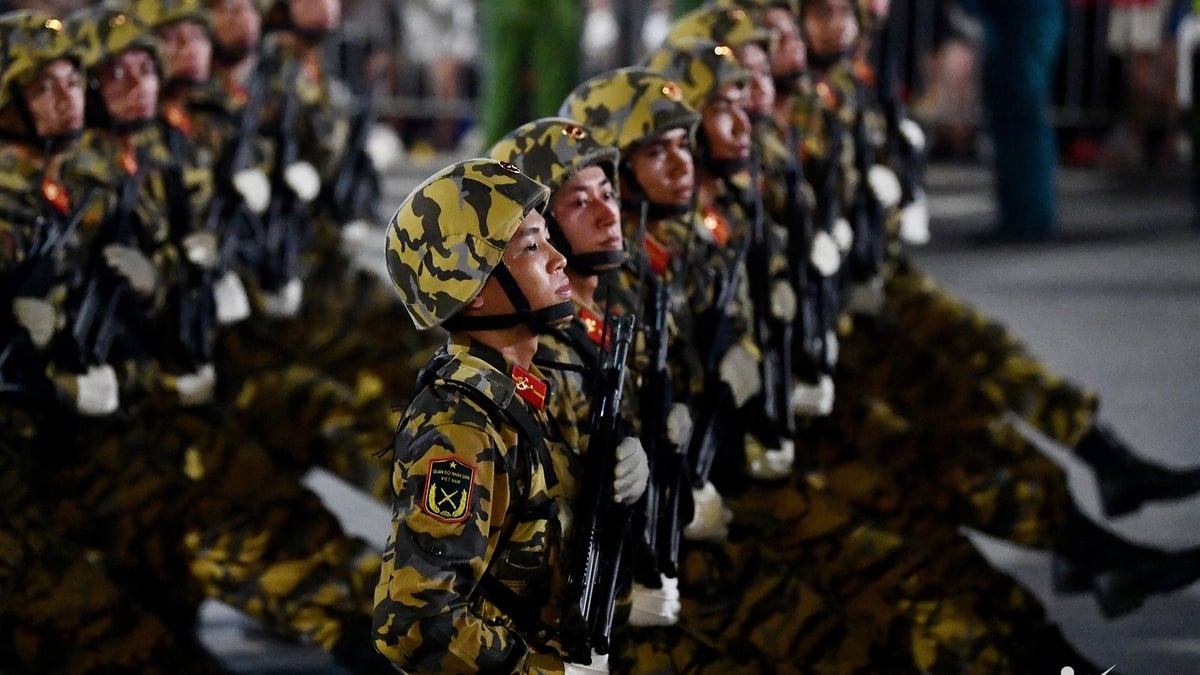
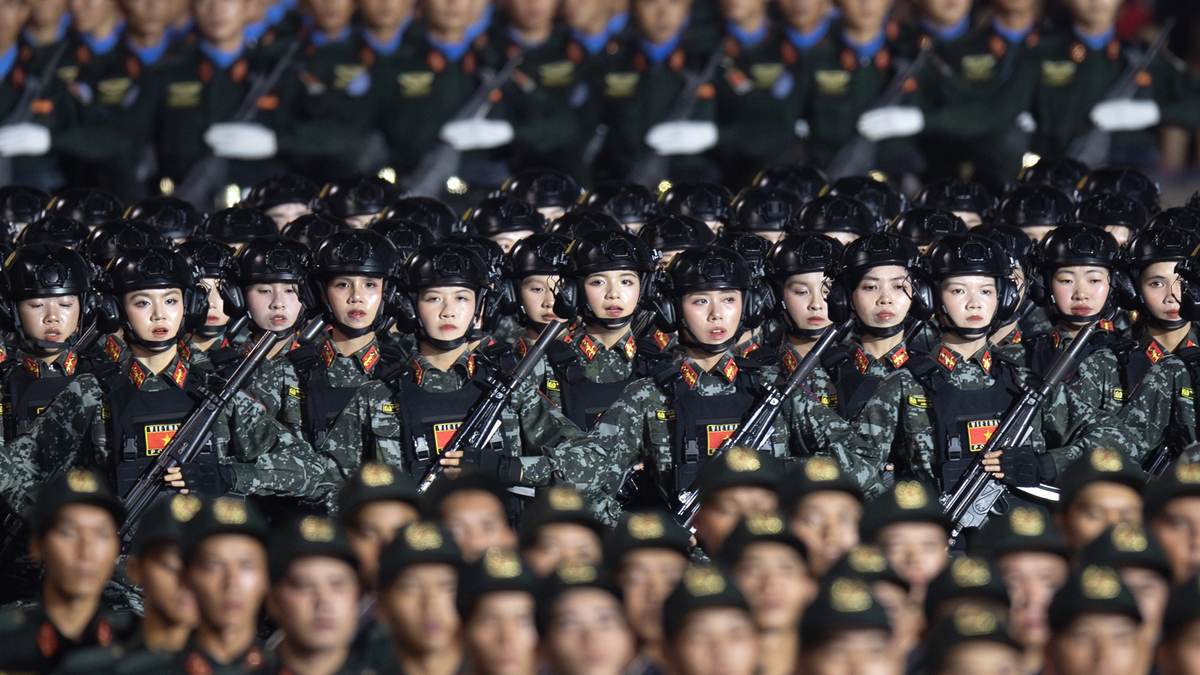
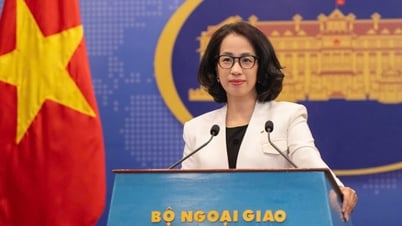
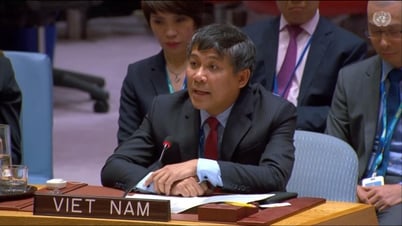
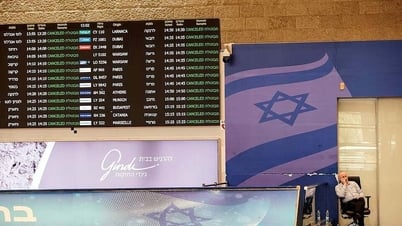

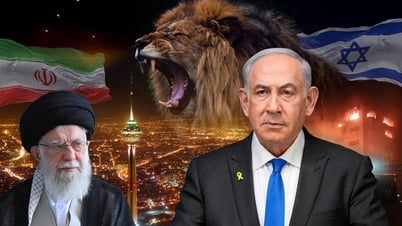


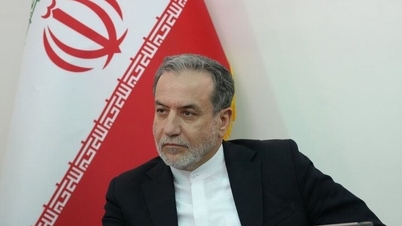
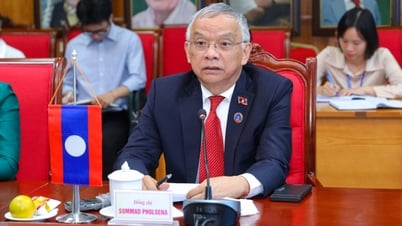

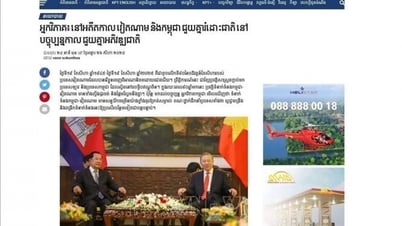
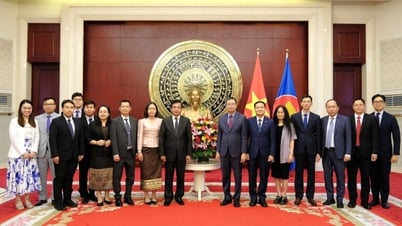
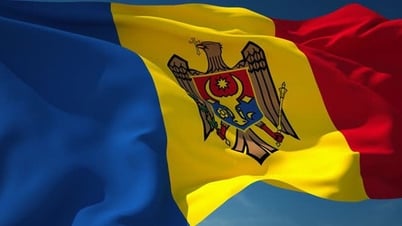

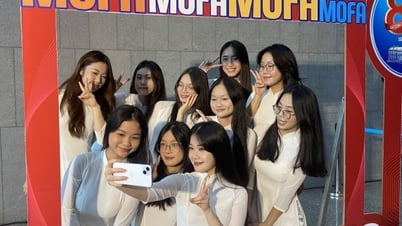
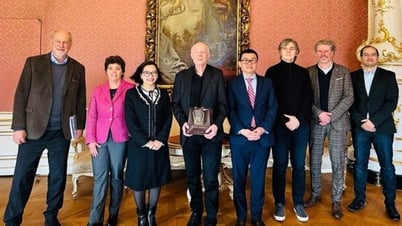




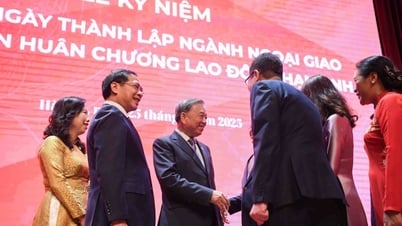

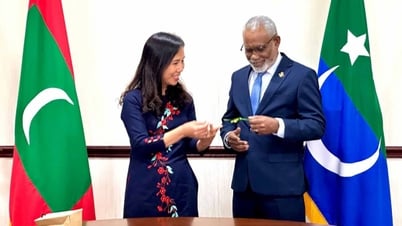
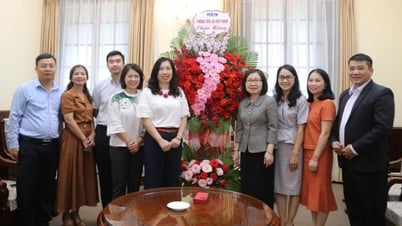
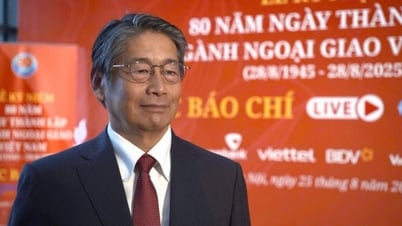
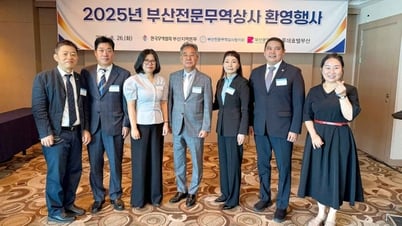
![[Photo] Parade blocks pass through Hang Khay-Trang Tien during the preliminary rehearsal](https://vphoto.vietnam.vn/thumb/1200x675/vietnam/resource/IMAGE/2025/8/27/456962fff72d40269327ac1d01426969)
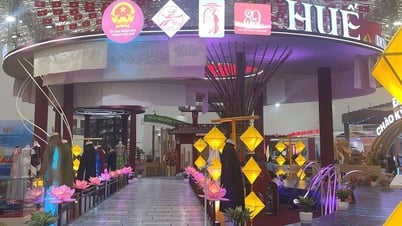

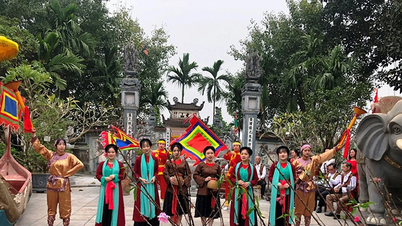

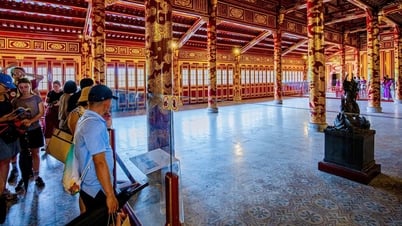

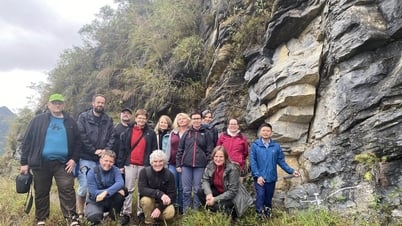

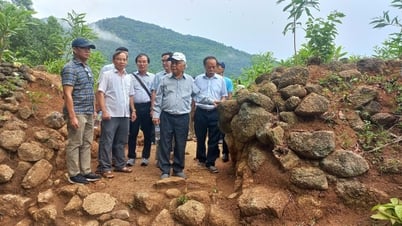
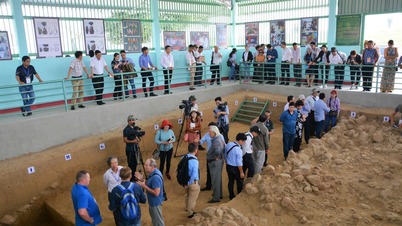

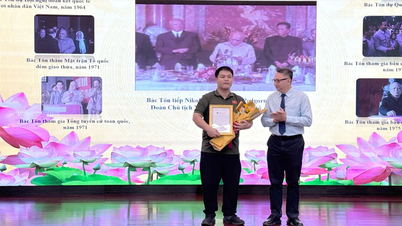

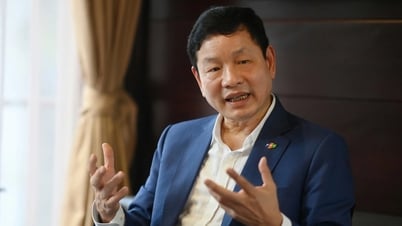

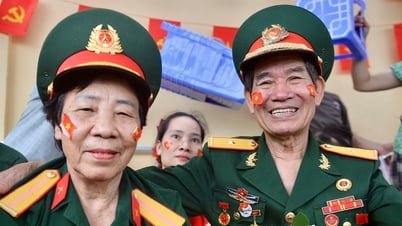
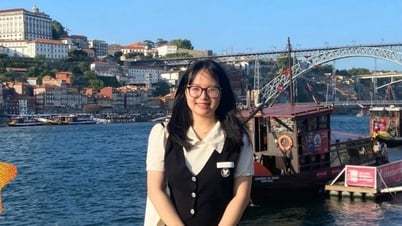

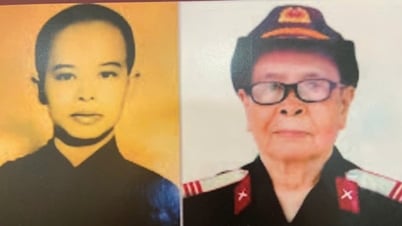

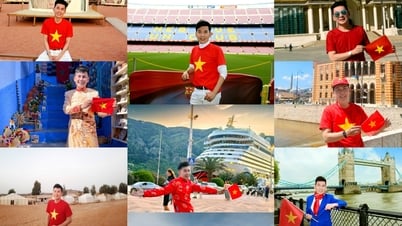
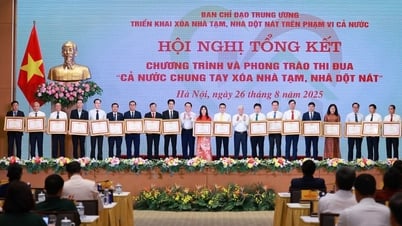

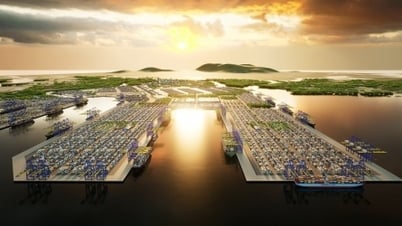
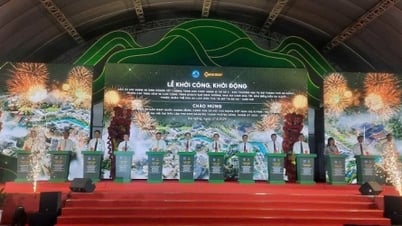
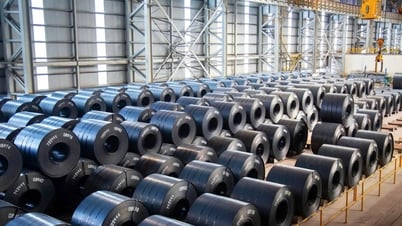


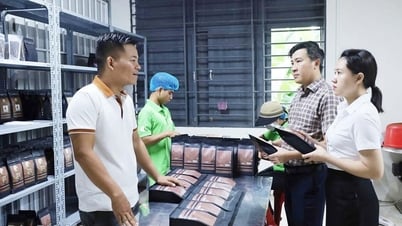

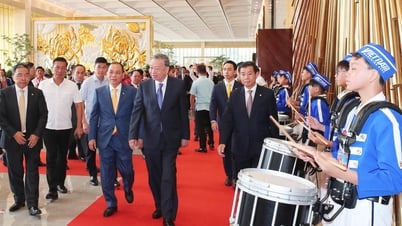

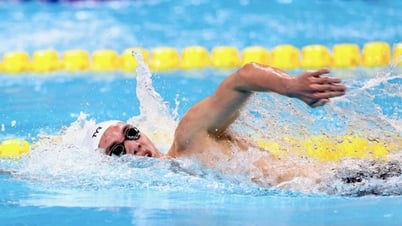
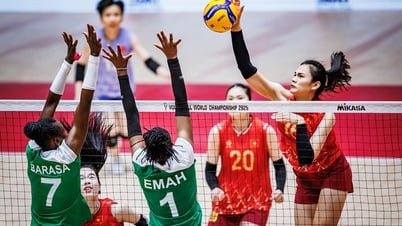


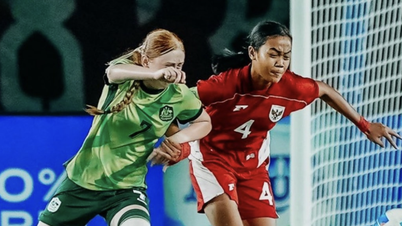

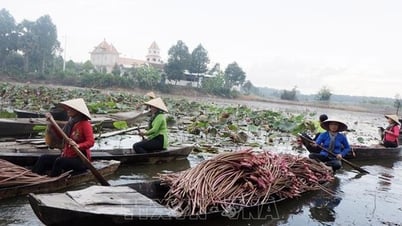


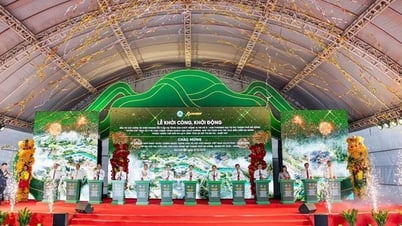
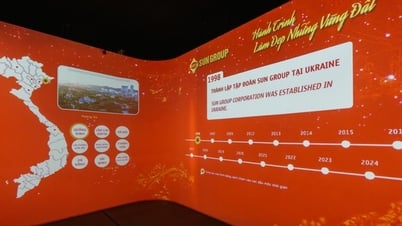

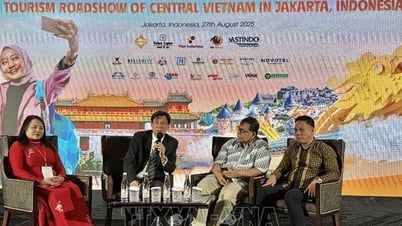


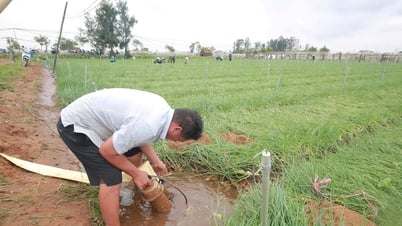

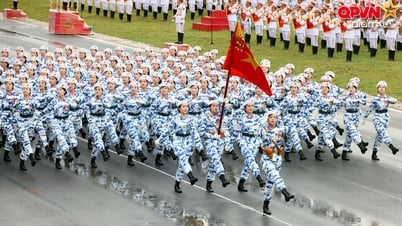

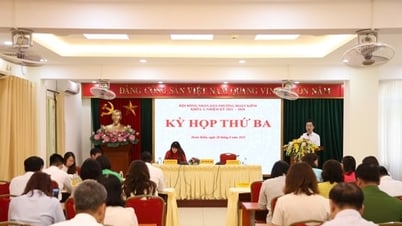

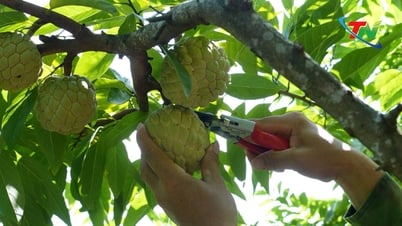


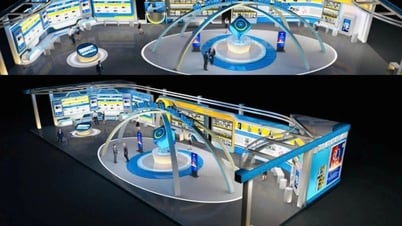
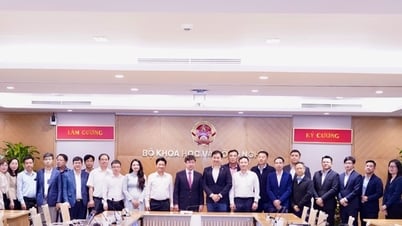




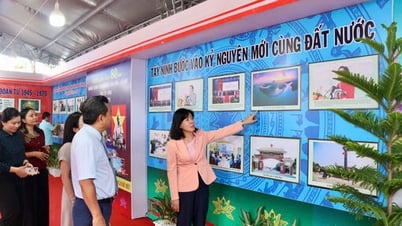



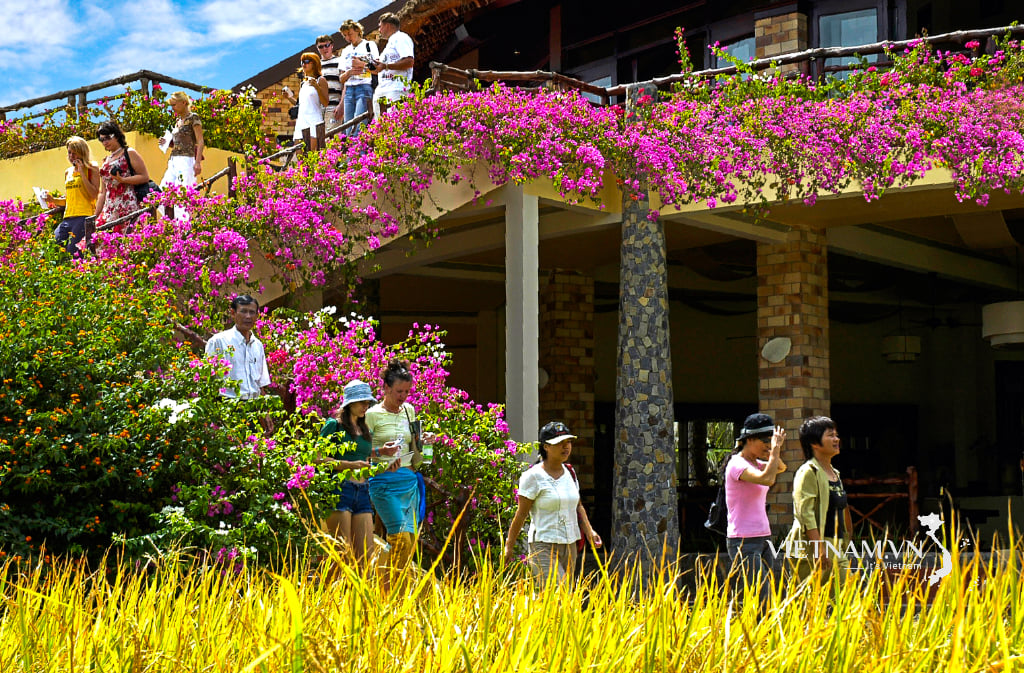

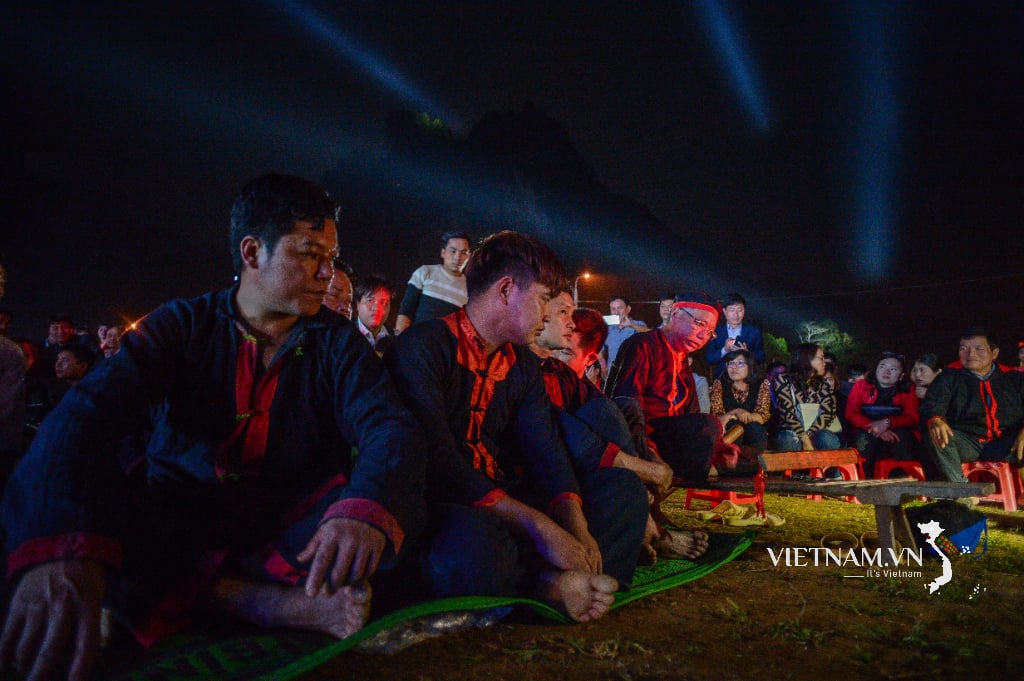
Comment (0)